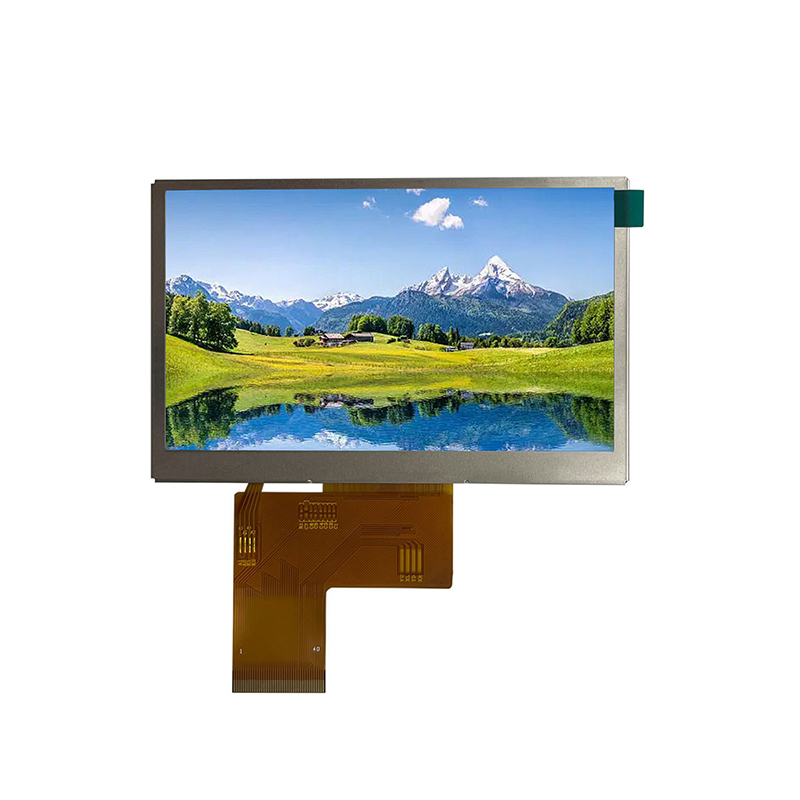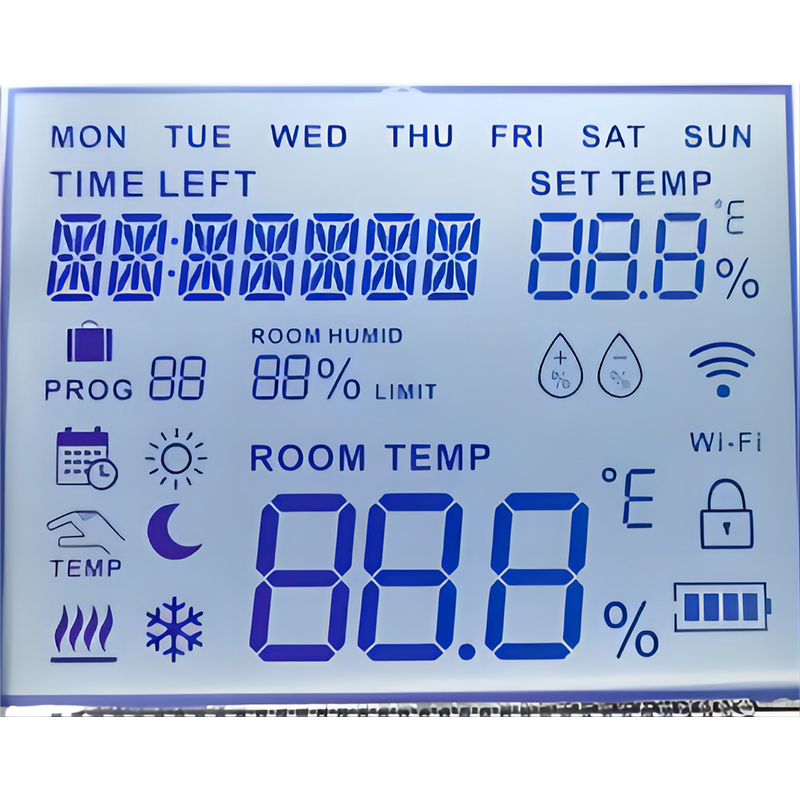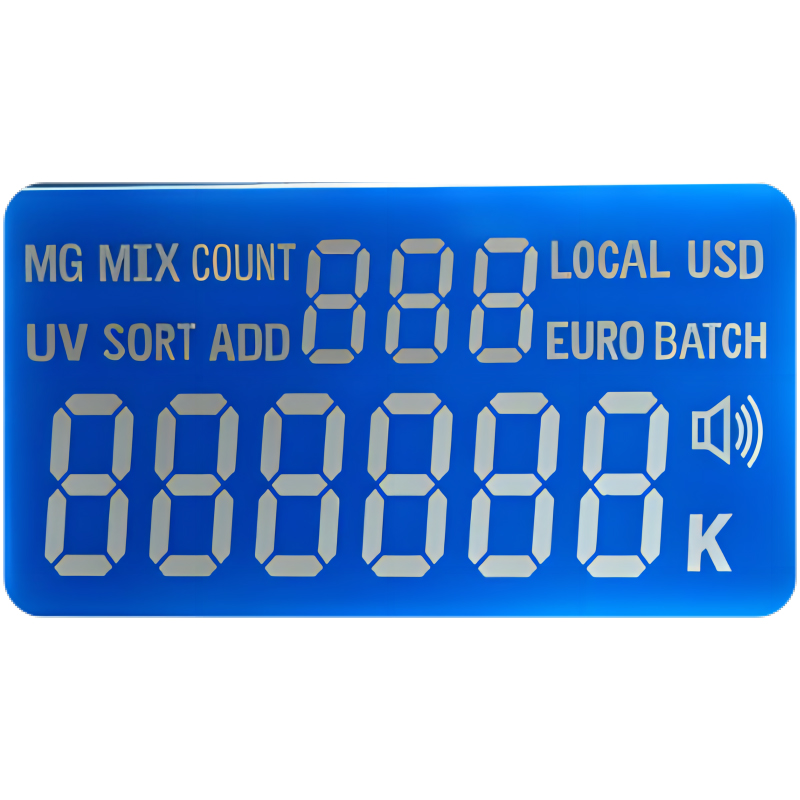
The I2C interface, also known as Inter-Integrated Circuit, is a widely adopted, two-wire serial communication bus used for connecting low-speed peripheral devices to microcontrollers and other embedded systems. Its simplicity and ease of implementation make it a popular choice in a wide range of applications, from consumer electronics to industrial control systems. This guide delves into the intricacies of the I2C interface, equipping you with the knowledge to effectively integrate and utilize this powerful communication protocol.
Unlike other communication protocols that require multiple wires, the I2C interface uses only two lines: Serial Data Line (SDA) and Serial Clock Line (SCL). SDA carries the data being transmitted, while SCL synchronizes the communication using a clock signal. This minimalistic approach contributes to its low cost and ease of integration.
Each device connected to the I2C bus possesses a unique 7-bit address, allowing the microcontroller to selectively communicate with specific devices. This addressing mechanism prevents data collisions and ensures targeted data transfer.
The I2C interface operates on a master-slave architecture. One device, designated as the master, controls the communication process, initiating data transfers and generating the clock signal. Other devices, known as slaves, respond to the master's requests.
The versatility of the I2C interface is evident in its diverse applications:
Like any technology, the I2C interface has its strengths and weaknesses:
| Advantages | Disadvantages |
|---|---|
| Simple two-wire system, reducing wiring complexity | Relatively low data transfer speed compared to other interfaces |
| Multi-master capabilities (with appropriate arbitration mechanisms) | Susceptible to noise interference, potentially leading to data corruption |
| Low cost and ease of implementation | Limited distance and number of devices that can be connected to a single bus |
| Flexible addressing scheme | Requires careful consideration of pull-up resistors for proper operation |
Debugging I2C issues often involves checking connections, verifying addresses, and examining timing diagrams. Using logic analyzers or oscilloscopes can significantly aid in identifying the source of communication problems. Remember, proper pull-up resistors are crucial for reliable I2C communication. Insufficient or incorrect pull-up resistor values can lead to communication failures.
The I2C interface remains a cornerstone of embedded system design, offering a simple, cost-effective, and widely adopted solution for connecting peripherals. Understanding its fundamentals and potential challenges is critical for successful implementation in various applications. By carefully considering the advantages and disadvantages, and employing effective troubleshooting techniques, you can harness the full potential of the I2C interface in your projects.
For high-quality LCD displays and other components suitable for I2C integration, consider exploring the offerings from Dalian Eastern Display Co., Ltd.. They provide a wide range of products and expertise in display technology.












